
The Herpetarium
The Herpetarium is a UK Home Office accredited and inspected experimental animal facility and is a critical resource for all the activities of the Centre for Snakebite Research and Intervention (CSRI). Our lead herpetologist, Paul Rowley, and his assistant Edouard Crittenden provide specialist care for one of the largest and most diverse collections of venomous snakes in Europe.
The CSRI has worked assiduously to increase awareness of the neglect of tropical snakebite victims. Part of this includes providing talks about our research work and tours of the Herpetarium to visitors from the Armed Forces, the public, school and college pupils, and undergraduate & post-graduate University students (6,000 visitors since 2010).
The Snakes
There is a special emphasis on the African continent with the majority of our snakes being haemotoxic vipers such as Saw-scaled vipers (Echis spp.), Puff adders (Bitis arietans), Gaboon vipers (Bitis gabonica) and neurotoxic elapids such as the Black and Green mambas (Dendroaspis spp.) and several spitting and non-spitting cobras (Naja spp.).
Saw-scaled vipers (Echis spp.)
The Carpet or Saw-scale viper (Echis spp.) is a small viper found throughout northern Africa, the Middle East and India and can be found in significant numbers within its range. They are fast-moving and nocturnal, typically found in near-desert environments. During the day they seek shelter under rocks, logs and brush piles. When agitated they form a series of C-shaped coils which shifted against each other which produce a sound similar to water falling onto a hot plate. These snakes produce the largest number of envenoming of humans (and deaths) due to their high abundance and frequent contact with individuals living in rural settings. Bites result in pain, blistering and generalised bleeding
.
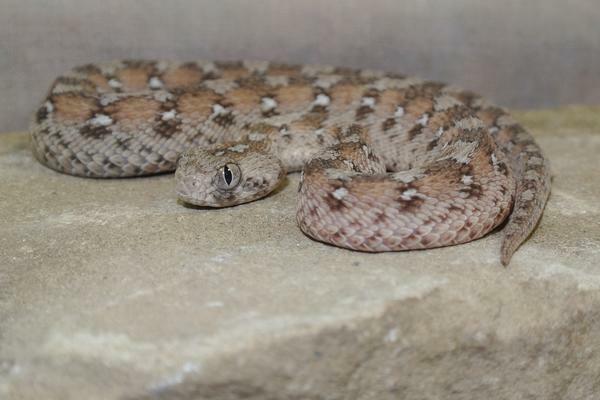
The Egyptian Cobra (Naja haje)
The Egyptian Cobra (Naja haje) is a large, thick-bodied, non-spitting cobra with a broadhead. Adults are typically 130cm to 180cm but can reach a size of 250cm in length. Most commonly found in moist and dry savanna, woodlands (not forests) and grasslands they are a quick-moving but clumsy terrestrial predator active at day and night. The venom of these snakes is neurotoxic which causes progressive descending paralysis which will lead to respiratory failure. These snakes are very dangerous and result in many deaths annually; bites will likely need treatment with a respirator, antivenom in a well-equipped hospital.
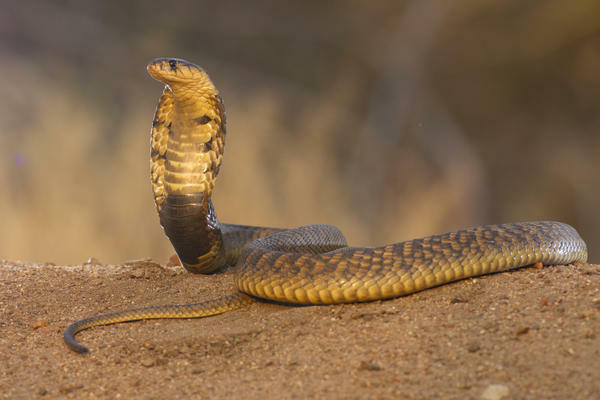
The Gaboon Viper (Bitis gabonica)
A large, ‘fat’ viper, the Gaboon Viper (Bitis gabonica) has a large, flat head and distinctive geometric patterning and is typically 90cm to 150cm long. They are slow-moving, placid, nocturnal ambush hunters found through sub-Saharan Africa most commonly in forested areas. Bites are rare due to the placid nature of the snake, though the venom is deadly when bites occur. Bites result in systemic bleeding, swelling, blisters, necrosis, and cardiovascular abnormalities.
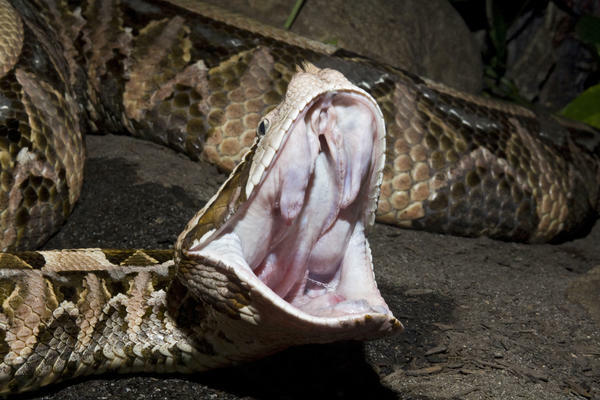
The Puff Adder (Bitis arietans)
The Puff Adder (Bitis arietans) is Africa’s biggest viper typically between 70cm to 120cm in length. They are nocturnal terrestrial viper found through sub-Saharan Africa most commonly in rocky grasslands and is not present in heavily forested areas (i.e. rainforests). Due to their abundance, distinctive patterning (camouflage) and disinclination to move (ambush predator) people are commonly bitten. Bites result in pain, swelling, blood blistering and localized necrosis which can result in permeant damage or death.
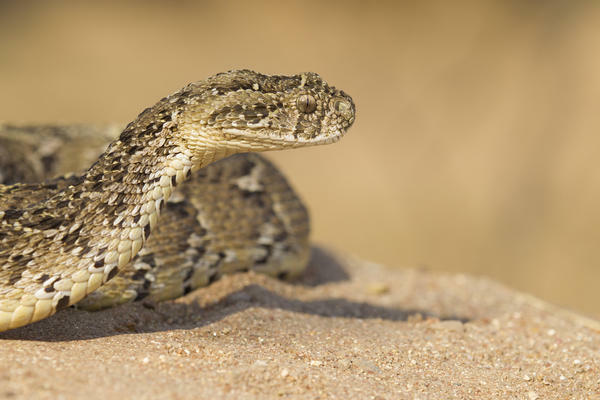
The Black Mamba (Dendropaspis polylepis)
The Black Mamba (Dendropaspis polylepis) is a long, slender, fast-moving snake typical 2.2m to 2.7m in length. Despite the name they are not black, adults are usually olive, brownish, yellow-brown or grey. They are a diurnal predator comfortable on both the ground and in trees often moving with its head and neck raised. The venom produced by the Black Mamba is a potent neurotoxin that causes rapid paralysis with a yield many times the lethal dose for a human. Any bites will require rapid treatment in an advanced hospital with antivenom and respiratory support.
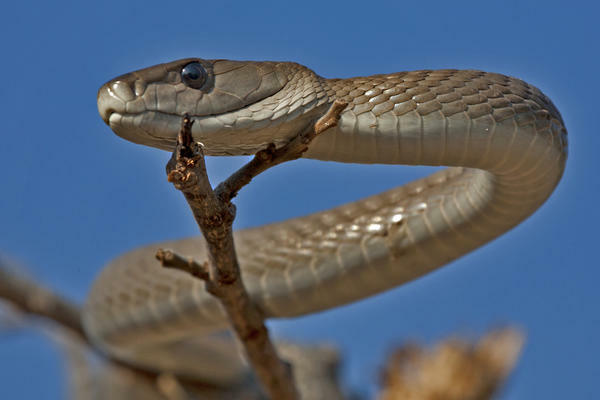
Gila Monster – Heloderma suspectum
The Herpetarium houses several Gila Monster (Heloderma suspectum) which are no used in CSRI research though their venom has been used to develop diabetes drugs. These lizards are native to the southwestern United States and northwestern Mexico and pose little threat to adult though their venom results in severe pain.
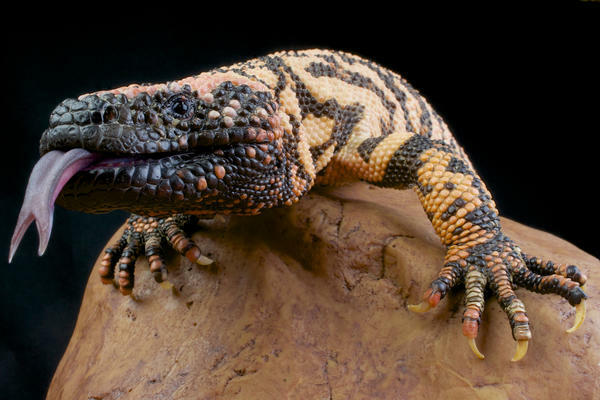
Venom Extraction

Venom is extracted from our snakes at regular intervals and this venom is immediately frozen and subsequently lyophilised and then stored at 4oC. The venom is used in our own basic science research and therapeutic research, shared among collaborators worldwide and has been used to supply antivenom manufactures.